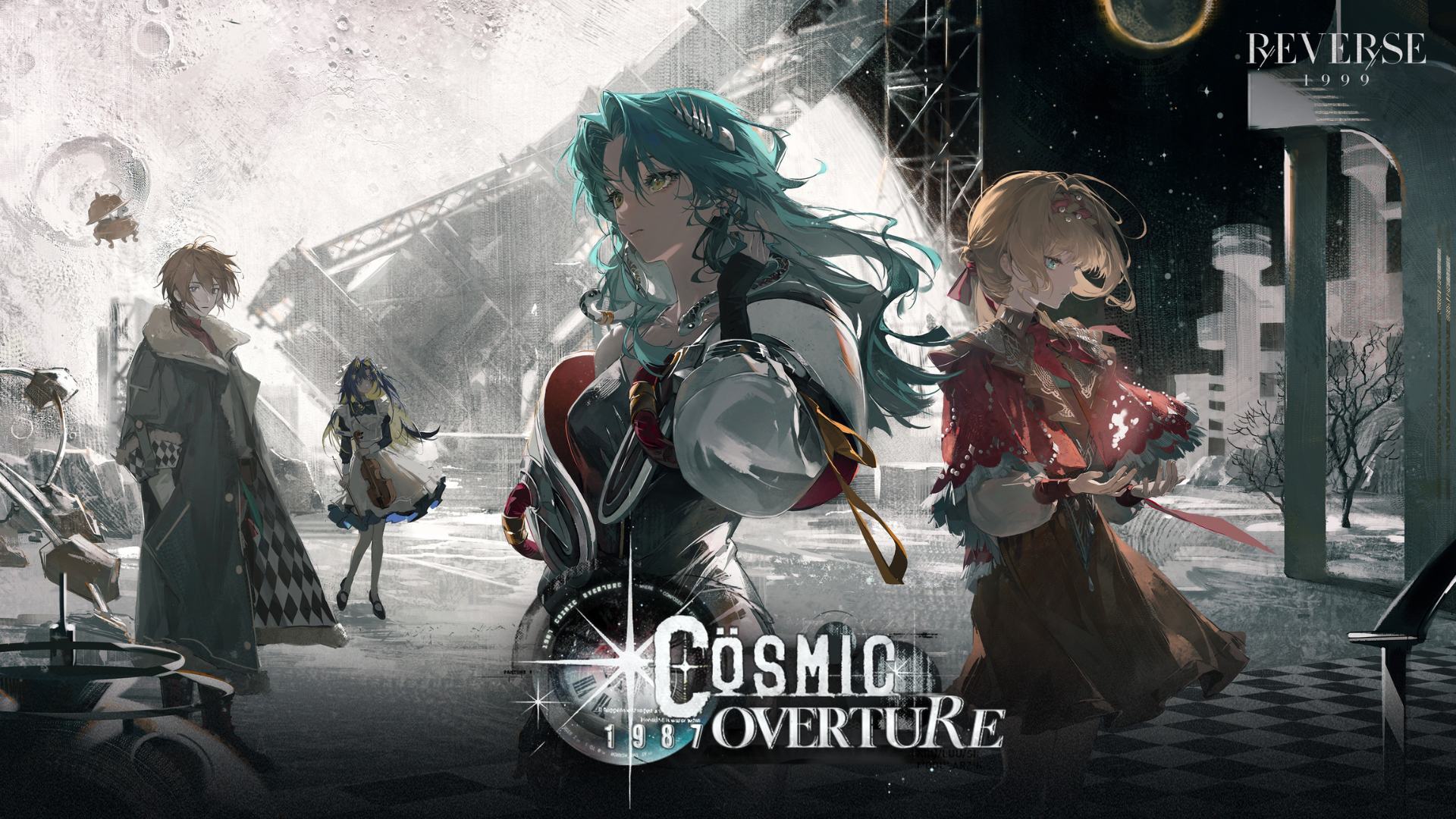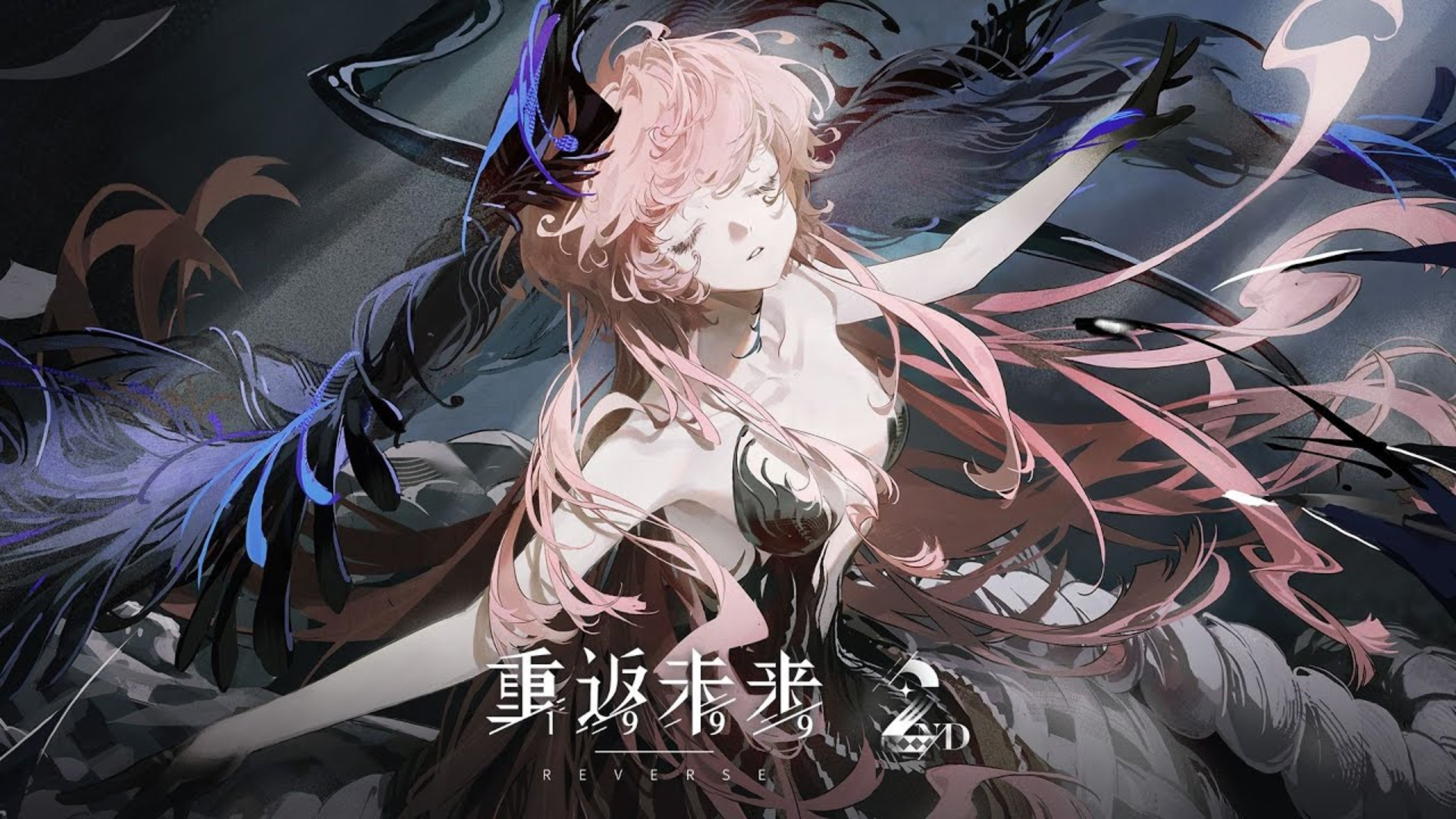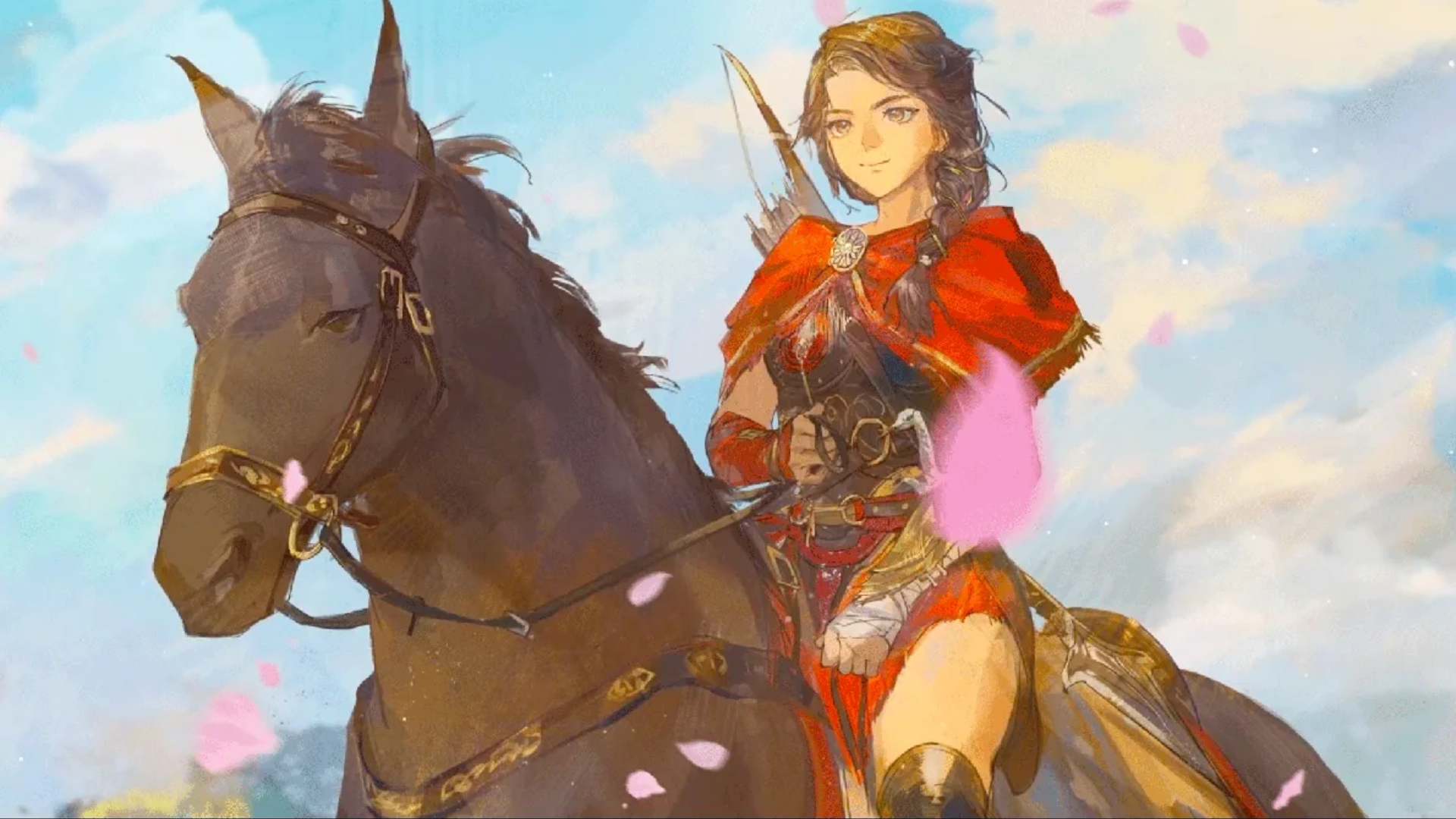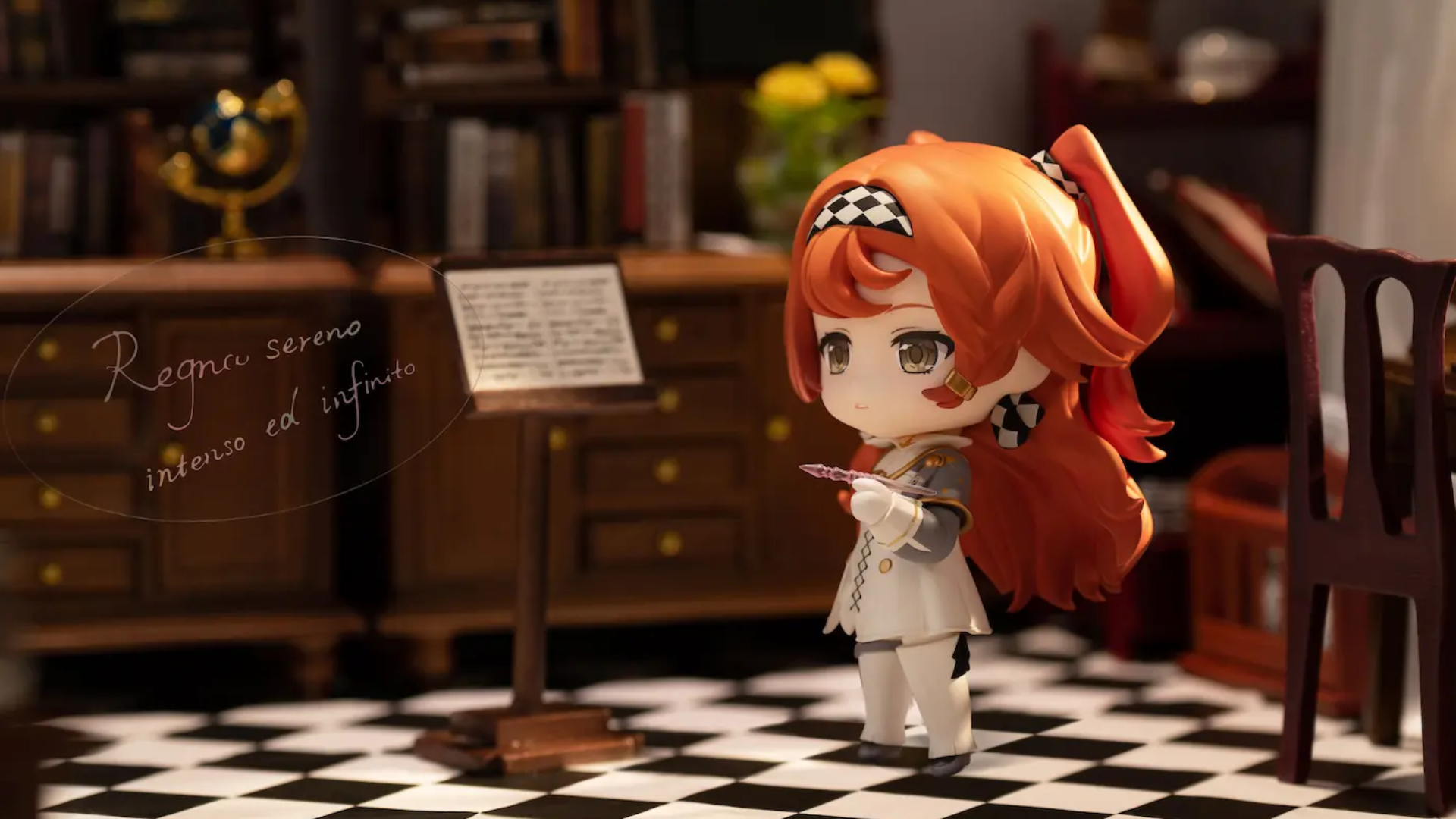Reverse 1999 Characters: Lore behind the game
The mobile and PC RPG Reverse 1999 by Bluepoch has won acclaim not just for its turn-based mechanics, but for the depth of its lore and character backstories. In this article for Ultimategacha.com, we explore some of the fascinating mysteries behind the characters and the narrative tapestry that binds them.
The Cosmic Storm and Time Reversal
At the crux of Reverse: 1999’s lore is the phenomenon known as “the Storm”. On the final day of 1999, this event began to force time backwards: entire eras, people, and objects shifted in unpredictable ways.
Humans suffer most from the Storm, many vanish unless sheltered, while Arcanists, those who wield “Arcanum,” have a better chance to resist its effects. The player steps into the shoes of Vertin the Timekeeper, the only known person naturally immune to the Storm, who is tasked with traveling across eras to uncover the truth and protect lost Arcanists.
Two major factions play central roles in this struggle: the St. Pavlov Foundation, aiming to research and contain the Storm, and Manus Vindictae, a radical group led by the cryptic Arcana intent on reshaping the world for Arcanists.
Key Characters and Hidden Symbolism
Vertin & Sonetto
Vertin is the linchpin of the story, as the Timekeeper, she can walk through the Storm and carry her team through time. Sonetto, her trusted companion, supports her in both battle and investigations. Their relationship anchors the narrative as they navigate crises across decades.
Regulus & APPLe
The prologue introduces Regulus, a rebellious pirate-radio DJ in 1966, and APPLe, her partner. They are rescued by Vertin and Sonetto, becoming early allies. Their presence highlights the human stakes amid cosmic phenomena.
37, Bkornblume, and Number Lore
Some of Reverse: 1999’s characters lean heavily on numerological or symbolic themes. For example, 37 is tied to esoteric and mathematical symbolism, often invoked in rituals and hidden lore. Other characters like Bkornblume (a spy figure) and Centurion, An-an Lee, and Jessica each carry visual motifs or thematic subtexts that hint at deeper backstories. Some content creators have even pointed out allusions to classical philosophy, binary code, and myth hidden in their designs.
Arcana & Antagonists
Arcana stands as the enigmatic mastermind behind Manus Vindictae. Her motives are murky: she speaks of a purified future for Arcanists and views humans or hybrids as obstacles. Other antagonists like Forget Me Not and Druvis III offer moral ambivalence, as their loyalties and pasts are peeled back across chapters.
How Character Lore Drives Gameplay
Reverse: 1999 doesn’t just use characters as gimmicks, their histories intertwine with the mechanics and world building. For instance:
- Many character skills, Incantation cards, or ultimate abilities hint at their personal stories or arcane domain.
- Exploration of chapters unlocks memory strands, backstory missions, and event-specific lore tied to character identities.
- The “safe haven” of the Foundation, the “suitcase” that Vertin carries, and the shifting eras are narrative devices that bring characters into new contexts.
Final Thoughts
The lore-driven richness of Reverse: 1999 elevates it beyond a typical gacha RPG. Through Vertin’s journey, the Storm’s mysteries, and character symbolism rooted in numerology, mythology, and hidden motifs, players gradually peel back layer after layer of intrigue. If you enjoy piecing together cryptic backstories and symbolic worldbuilding, and collecting characters with embedded meaning, Reverse: 1999 is fertile ground.



